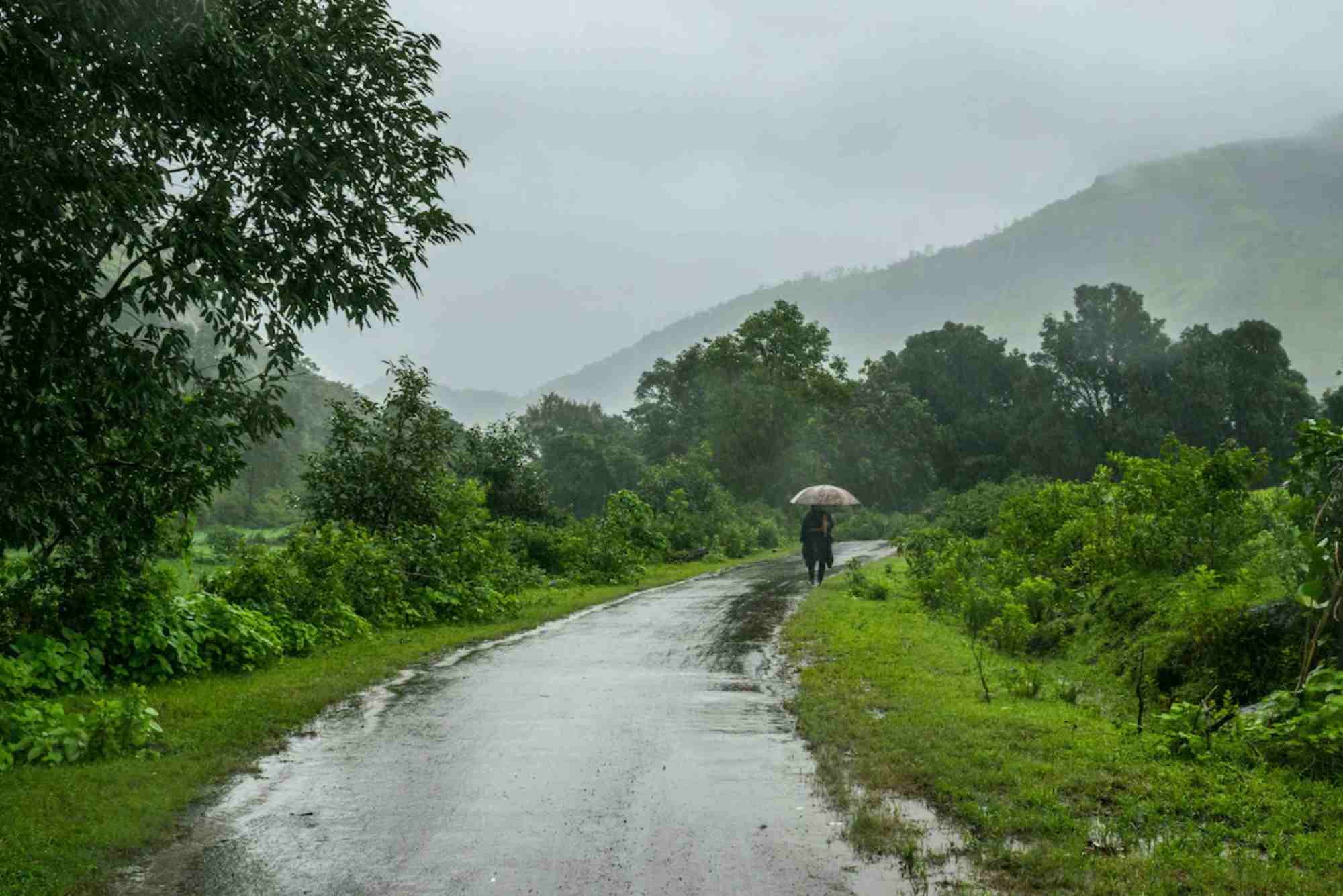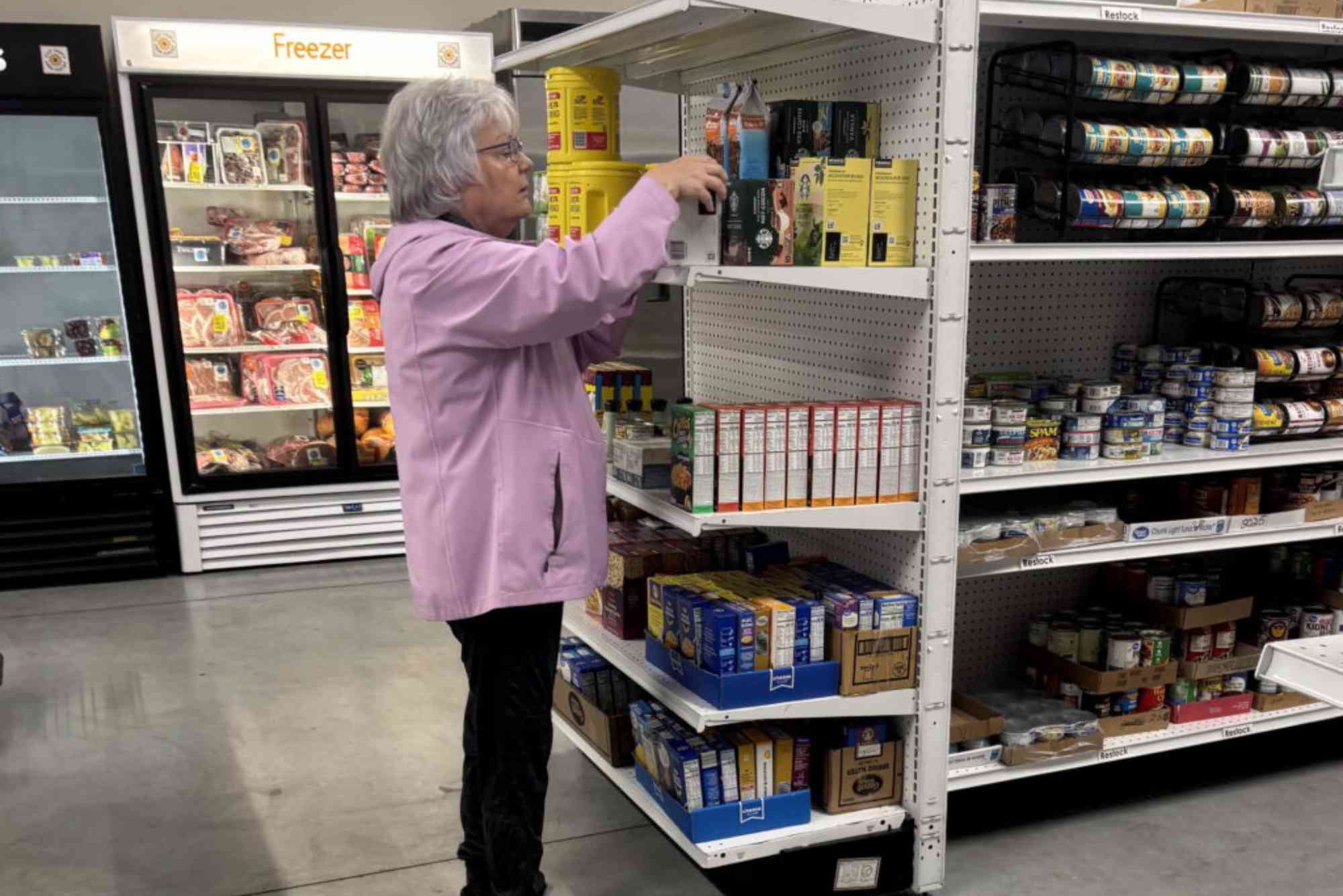Introduction
Spontaneous trips are exciting, freeing, and sometimes exactly what you need to break the routine. The thrill of a last-minute getaway can be exhilarating, but it also comes with its challenges, especially when it comes to packing. Packing efficiently for a spontaneous trip is an art of balance: you want to carry everything essential without overloading yourself. Knowing how to pack for a spontaneous trip can save stress, time, and the risk of leaving behind something important. With the right mindset and a practical approach, you can be ready to grab your bag and go in minutes.
The Mindset for Spontaneous Packing
Spontaneous packing requires a shift in mindset from traditional trip planning. Instead of meticulously planning every outfit or accessory, focus on versatility and necessity. Prioritize items that serve multiple purposes. Think about what you truly need for comfort, safety, and entertainment rather than luxury. Minimalism is key; every item should justify its presence. Preparing for a spontaneous trip often means packing light, being resourceful, and trusting your ability to adapt.
Choosing the Right Bag
Selecting the proper bag is crucial for a grab-and-go experience. Opt for a backpack or a small carry-on that fits essentials without becoming cumbersome. A versatile bag with multiple compartments helps keep items organized, making retrieval quick and effortless. Consider materials that are durable, lightweight, and water-resistant to handle unexpected weather or rough handling. A backpack works well for adventure trips, while a compact roller bag may suit city escapes. Remember, your bag is your mobile home for the short trip, so comfort and accessibility matter.
Clothing Essentials
When learning how to pack for a spontaneous trip, clothing should be strategic. Choose versatile pieces that can mix and match easily. Neutral colors allow for multiple combinations without clashing, and lightweight fabrics dry quickly if you need to wash items on the go. Include layers to accommodate changing temperatures, such as a light jacket, a hoodie, or a compact raincoat. Footwear should be practical, comfortable, and suitable for multiple activities, such as walking or light hiking. Roll clothes to save space and reduce wrinkles, which maximizes the limited room in your bag.
Toiletries and Personal Care
Even a short spontaneous trip requires basic personal care. Travel-sized toiletries save space while meeting hygiene needs. Focus on essentials like toothbrush, toothpaste, deodorant, shampoo, conditioner, and body wash. Include skincare basics and any medications you require. If you’re traveling by air, ensure liquids comply with airline regulations. Consider solid alternatives, such as bar shampoo or soap, which reduce spill risks. A small first aid kit with bandages, pain relievers, and antiseptic wipes can also provide peace of mind.
Tech and Gadgets
Technology often enhances spontaneous travel experiences. A phone with a fully charged power bank ensures you stay connected and can navigate unfamiliar locations. Include chargers, headphones, and any adapters for electronics. A compact camera or action camera may be useful for capturing memories if you prefer higher quality photos than your phone can offer. For longer trips or digital work, a lightweight tablet or laptop may be necessary. Prioritize multi-functional gadgets to avoid overpacking while maintaining convenience.
Travel Documents and Money
Keeping important documents organized is critical, even for spontaneous trips. Always carry identification, passport if traveling internationally, tickets, and any reservation confirmations. A small travel wallet or pouch can help prevent losing documents in the rush. Bring sufficient cash for immediate needs, and have cards ready for backup. Digital copies of documents stored securely in your email or cloud service provide an additional safety net. Being prepared with the essentials ensures your trip runs smoothly from start to finish.
Snacks and Hydration
Packing snacks is often overlooked but valuable for spontaneous travel. Lightweight, non-perishable foods such as nuts, granola bars, or dried fruit can prevent hunger between meals or during travel delays. A reusable water bottle is also essential, keeping you hydrated and reducing the need for single-use plastics. If traveling in warm climates or during physically demanding activities, hydration becomes even more crucial. Planning for small sustenance items allows you to focus on enjoying the adventure rather than worrying about hunger or fatigue.
Quick Entertainment and Comfort Items
Even on spontaneous trips, comfort matters. A lightweight scarf, travel pillow, or compact blanket can make long journeys more comfortable. If you enjoy reading or listening to music, pack a small book or e-reader and music playlists. Consider a travel journal to capture moments spontaneously. Small entertainment items, such as a deck of cards or portable games, can also add fun during downtime. Prioritizing comfort and entertainment enhances your overall travel experience without adding bulk.
Strategies to Save Time While Packing
Time is of the essence in spontaneous travel, so having a strategy is key. Keep a pre-packed “go-bag” ready for short trips. Include essentials like underwear, socks, basic toiletries, and a few versatile clothing pieces. By maintaining a ready-to-go kit, you drastically reduce packing time and eliminate last-minute stress. Keep a checklist of high-priority items to double-check before leaving. Use packing cubes to segment clothing and gear, making retrieval fast and organized. These strategies ensure you can be ready in minutes without forgetting important items.
Tips for Efficient Packing
Efficiency is critical when learning how to pack for a spontaneous trip. Pack heavier items close to your back for comfort, and use smaller items to fill gaps in your bag. Roll or fold clothes tightly to maximize space. Multi-purpose items, like a scarf that can act as a blanket or towel, reduce the total number of items needed. Always prioritize practicality over aesthetics for spontaneous trips. Streamlining your packing approach ensures you travel light, agile, and ready for unexpected plans.
Adapting to the Trip Environment
The environment and destination determine what you pack. If heading to a beach, prioritize swimwear, sunscreen, and lightweight clothing. For city exploration, bring comfortable walking shoes and a compact umbrella. In colder destinations, layers and weatherproof outerwear are essential. Knowing the destination’s climate allows you to pack efficiently without overloading your bag. Researching local weather, cultural expectations, and planned activities ensures that your grab-and-go checklist aligns with your trip’s requirements.
Maintaining a Flexible Mindset
Packing for a spontaneous trip isn’t just about items; it’s about flexibility. Accept that you may need to improvise and adapt along the way. Minimalist packing fosters creativity, allowing you to mix clothing, reuse items, and handle unexpected situations. Embrace the unpredictability of spontaneous travel as part of the adventure. Maintaining a flexible mindset keeps you calm, resourceful, and ready to enjoy the journey fully.
Mastering how to pack for a spontaneous trip requires preparation, simplicity, and organization. Focusing on versatile clothing, essential toiletries, tech gadgets, documents, snacks, and comfort items ensures you’re ready to go without unnecessary stress. By keeping a pre-packed kit, adopting efficient strategies, and maintaining flexibility, spontaneous travel can be an effortless and enjoyable experience. With a little foresight and a grab-and-go checklist, you can embrace last-minute adventures confidently, knowing you have everything you need. Pack smart, travel light, and enjoy every moment of your impromptu journey.
Spontaneous travel can be transformative and liberating. Don’t wait—start organizing your grab-and-go essentials today and be ready for your next adventure. Every moment counts, and preparation allows you to focus on experiences, memories, and the thrill of the unexpected.
FAQ
What is the easiest way to pack for a spontaneous trip?
The easiest way is to maintain a pre-packed grab-and-go kit with versatile clothing, essential toiletries, and important documents ready at all times.
How can I pack light for last-minute travel?
Focus on multi-purpose clothing, travel-sized toiletries, and minimal gadgets. Rolling clothes and using packing cubes saves space.
What essentials should I include in a spontaneous travel bag?
Include ID, money, basic clothing, toiletries, a phone with charger, a water bottle, and quick snacks for comfort and convenience.
Can I pack for a spontaneous trip without overthinking?
Yes, by following a grab-and-go checklist and prioritizing versatility, you can pack efficiently without stress or overpacking.
How far in advance should I prepare for a spontaneous trip?
Keep a ready-to-go kit at all times so you can leave immediately, ensuring you never waste time during last-minute decisions.
Is it possible to enjoy spontaneous travel without overpacking?
Absolutely. Efficient packing, strategic clothing choices, and essential items only are key to light and enjoyable spontaneous trips.
How do I adjust my pack based on destination?
Consider climate, planned activities, and cultural norms. Pack layers for variable weather and appropriate items for adventure or urban travel.
This approach to spontaneous travel ensures that you can seize opportunities without unnecessary stress, making last-minute trips both feasible and enjoyable. By mastering your grab-and-go checklist, adventure becomes seamless, organized, and fun.



